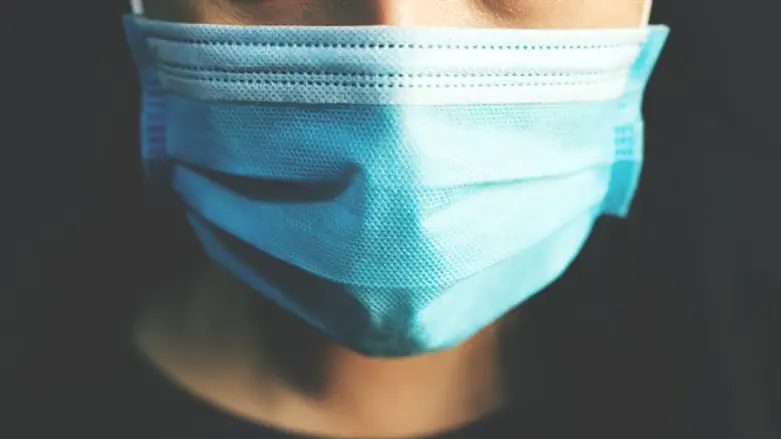
Authors of a new study conducted by researchers at the University of Massachusetts Lowell and California Baptist University (published in Physics of Fluids, December 15, 2020) have concluded that wearing a previously used three-layer surgical mask may be worse than not wearing a mask at all.
Their study focused on the effect of masks (both new and old) on airflow and the inhalation and deposition of particles in the respiratory tract, and showed that masks altered the way in which particles entered the nose and mouth in significant ways.
“It is natural to think that wearing a mask, no matter new or old, should always be better than nothing,” said co-author of the study, Jinxiang Xi. “Our results show that this belief is only true for particles larger than five micrometers, but not for fine particles smaller than two and a half micrometers.” Given that Covid-19 virions are between 0.06 and 0.14 micrometers in size, this should certainly give us pause for thought.
However, that wasn’t all the study found. More critically, they discovered that the very action of a surgical mask, in distributing airflow throughout the entire mask rather than in a directed stream toward the nose or mouth, actually enhanced the respiration of aerosols, those particles responsible for coronavirus transmission.
The researchers designed a computational face mask model based on a person wearing a surgical, three-layer pleated face mask and used numerical methods to track the process of particles through the layers, investigating where they were ultimately deposited. What they found was that the speed at which the particles traveled was lower than without a mask, and that this actually promoted the inhalation of aerosols into the nose and eventually into the respiratory tract.
When comparing brand new masks with used masks, the findings were also disturbing. A new mask could filter around 65% of larger particles, but a used mask only achieved a 25% filtration rate. Taking the findings in combination, the conclusion of the study’s authors was that wearing a used mask is worse than not wearing one at all.
It should be noted that the study only investigated the correct or recommended manner of wearing a face mask i.e. well-fitted and entirely covering the nose and mouth. Improperly fitted masks will certainly have a far lower rate of filtration.

